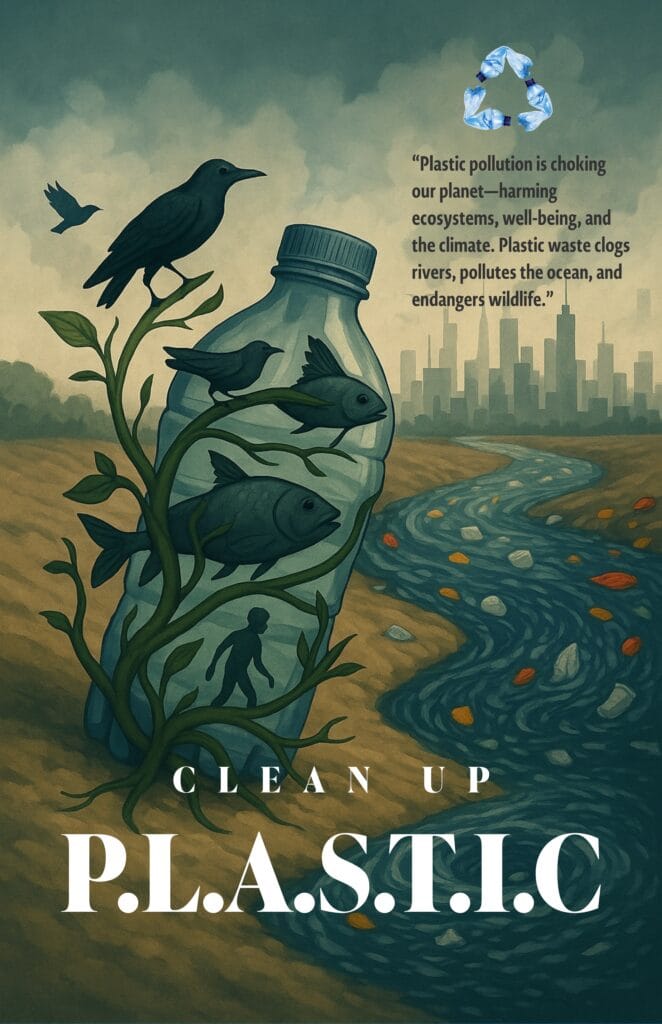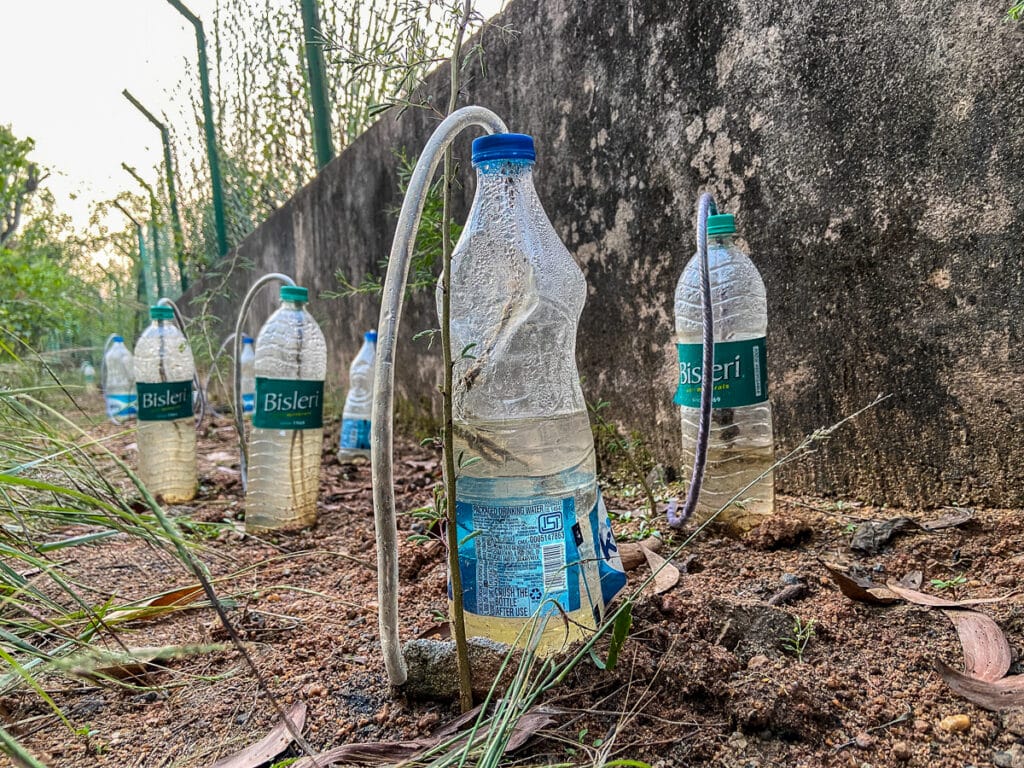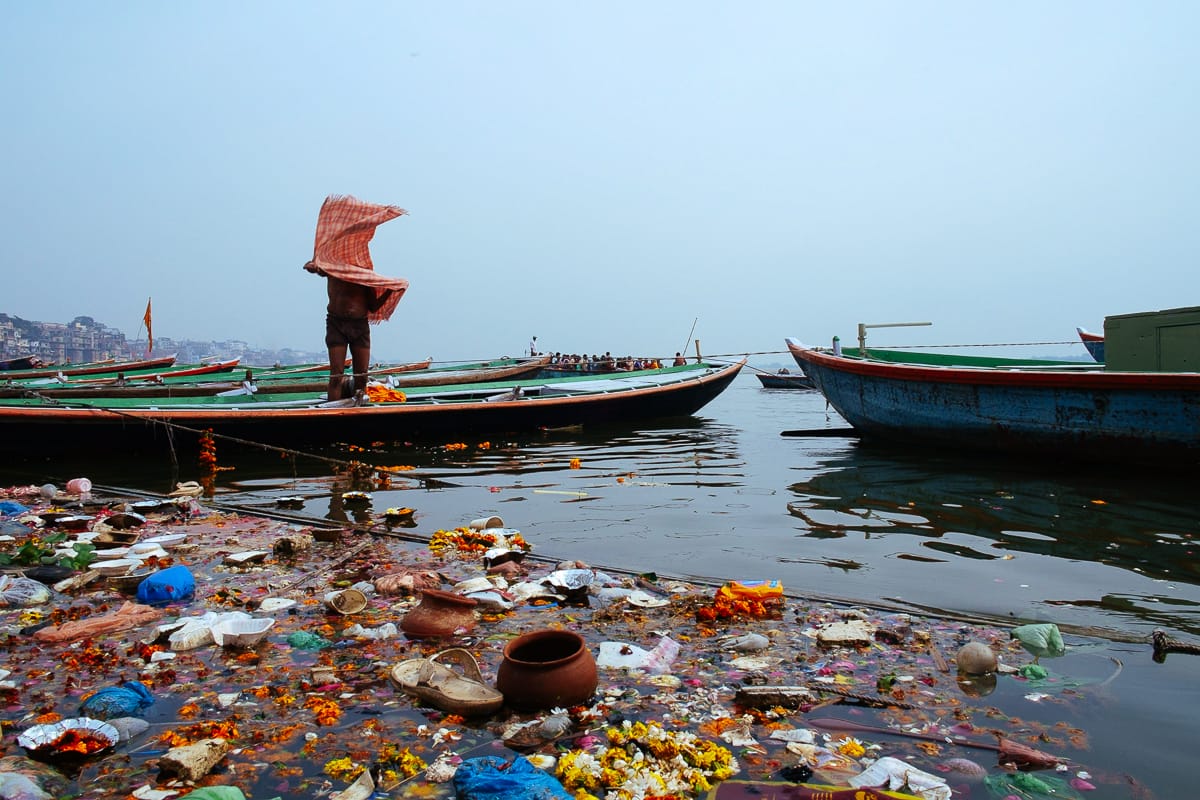PLASTIC: The Uninvited Guest at Nature’s Party
In our quest for convenience, plastic has become both a marvel and a menace. It’s in our homes, our oceans, and—alarmingly—in our bodies. As World Environment Day 2025 reminds us, plastic pollution is more than just an eyesore; it’s a symptom of a disposable culture that’s choking the planet and putting our health at risk.
Plastic’s durability, once hailed as revolutionary, is now one of its deadliest traits. As UN Secretary-General António Guterres bluntly put it:
“Plastic pollution is choking our planet—harming ecosystems, well-being, and the climate. Plastic waste clogs rivers, pollutes the ocean, and endangers wildlife.”
You don’t have to look far to see the evidence. Rivers like the Ganges in India and the Pasig in the Philippines are no longer lifelines for communities but conveyor belts for plastic debris. In Manila, plastic-choked drainage systems exacerbate flooding, turning a heavy rain into a waterlogged crisis faster than you can say “single-use straw.”
Wildlife’s Last Supper
Our plastic addiction has turned the natural world into an involuntary recycling bin. Turtles mistake bags for jellyfish. Seabirds fill their stomachs with bottle caps instead of fish eggs. Whales wash ashore with enough plastic in their bellies to stock a small convenience store—if only convenience stores sold irony.
But here’s the kicker: it’s not just about the animals anymore.
“Plastic pollution impacts every ecosystem and every person on this planet. That pollution creeps into our bodies through the food we eat, the water we drink, and even the air that we breathe.”
Inger Andersen, UNEP Executive Director
Recent studies confirm microplastics have found their way into human blood, breast milk, and even our brains. We are literally absorbing the consequences of our throwaway habits—convenient, perhaps, but at a price our bodies and the planet can no longer afford.
P.L.A.S.T.I.C.—A Toxic Legacy
Plastic’s resilience might make it the ultimate time traveler—but it also spells out its grim impact:
P.L.A.S.T.I.C. — Persistent Litter Affecting Soil, Tides, and Innumerable Creatures.
Every cup or wrapper we toss today could outlive us by centuries. Archaeologists of the future might find not monuments but plastic wrappers as the defining artifacts of our age—a civilization brought to you by shrink-wrap.

Hope in Action: The PLASTIC Acronym for Solutions
But amid the gloom, there are glimmers of hope. Enter the action plan—our second PLASTIC acronym—a roadmap to redemption:
- P: Prevent single-use plastics. Actor Aarya Babbar is showing us how by ditching plastic bottles and bags from his daily life, proving that small steps can have big ripples.
- L: Legislate and enforce anti-plastic laws. India’s Plastic Waste Management Amendment Rules, 2021, are banning identified single-use plastics while holding producers accountable through Extended Producer Responsibility (EPR).
- A: Awareness campaigns. From plastic deathbed installations in Rishikesh to UNEP’s global Beat Plastic Pollution drive, awareness is key to turning the tide.
- S: Sustainable alternatives. The Jugsalai Municipal Council in Jharkhand revitalized its ‘Utensil Bank’ initiative, providing reusable utensils for events to reduce reliance on plastic and thermocol items. Managed by women’s self-help groups, the program promotes sustainability and supports women’s livelihoods..
- T: Transform waste management. Initiatives like Tata Power’s “Anokha Dhaaga” are transforming 5,000 kilograms of single-use plastic into recycled fabric products—empowering communities while cleaning up our mess.
- I: Innovate. Karnataka’s reverse vending machines reward recyclers with ₹1 per bottle—a literal payback for responsible behavior.
- C: Collaborate Across Sectors and Borders. Coca-Cola India collaborates with The Circulate Initiative and Srichakra Polyplast to improve the lives of informal waste sector workers. This partnership focuses on responsible sourcing practices and enhancing recycling infrastructure, demonstrating the impact of cross-sector collaboration.

The Choice is Ours
Ending plastic pollution isn’t just about recycling. It’s about rethinking convenience. It’s about asking ourselves, before we buy that shrink-wrapped fruit or that disposable straw: “Do I really need this?”
Because PLASTIC is more than a material—it’s a challenge to our values. If we want a different reflection in the mirror, we need to change what we see.
“Let’s turn the tide on plastic pollution, transforming words into action, and forging a healthier planet for generations to come.”
UNEP’s World Environment Day message 2025
World Environment Day 2025 reminds us that plastic pollution is a mirror reflecting our choices. Let’s break free from our disposable culture and give future generations a planet worth inheriting.
Because in the end, the story of plastic is our story. And we still have the power to change its ending.
Happy World Environment Day 2025! Let’s make every day a step towards a plastic-free world.
